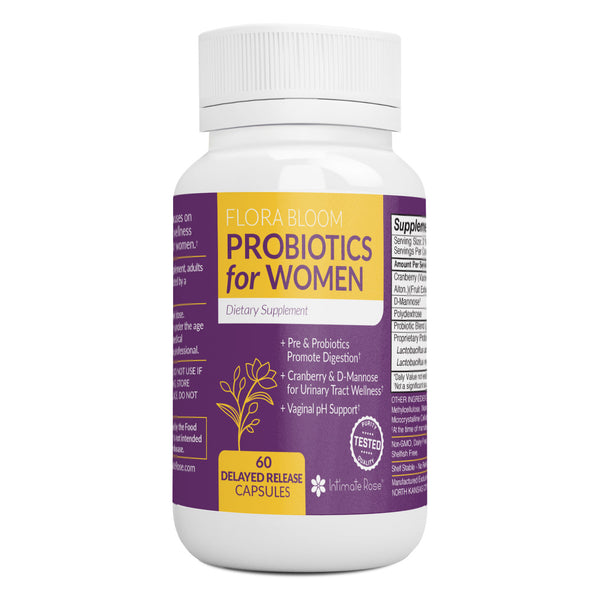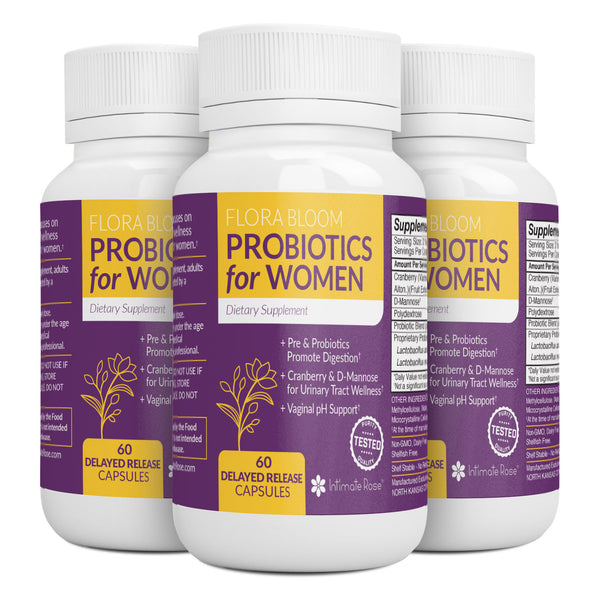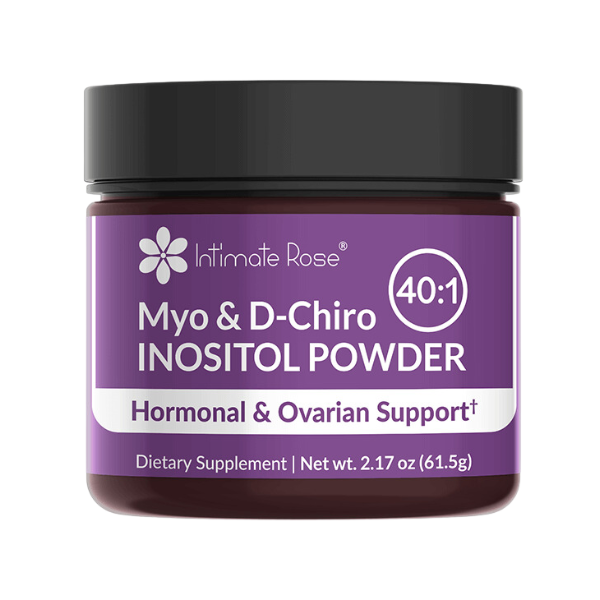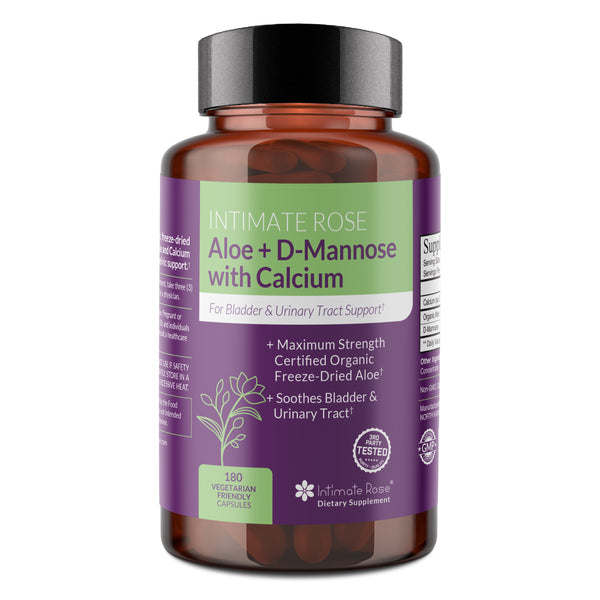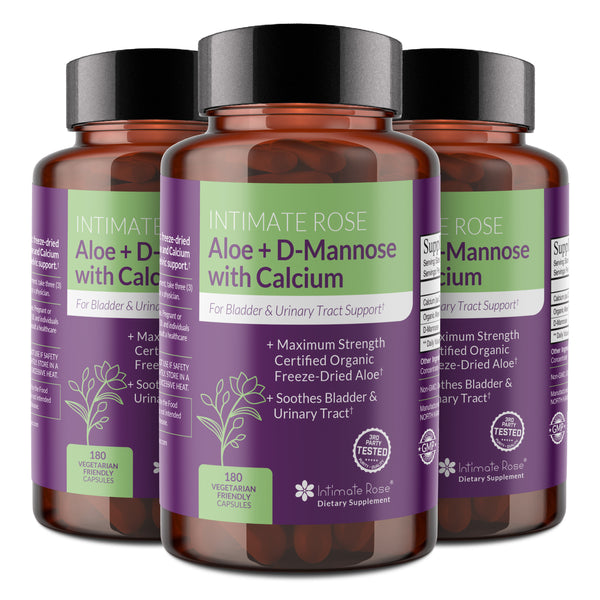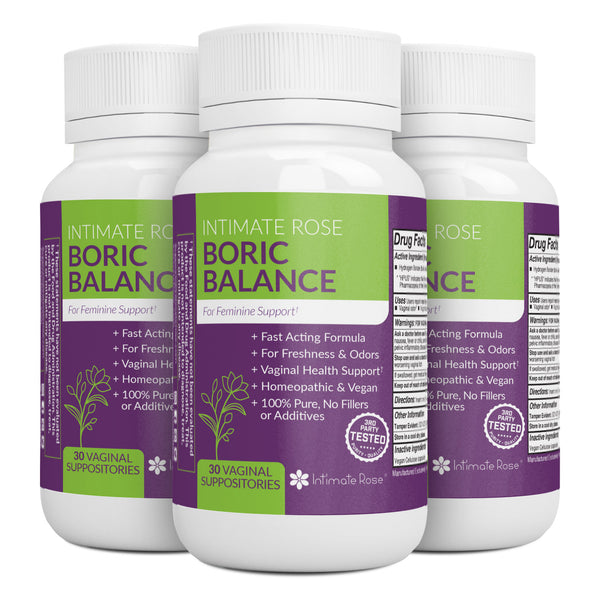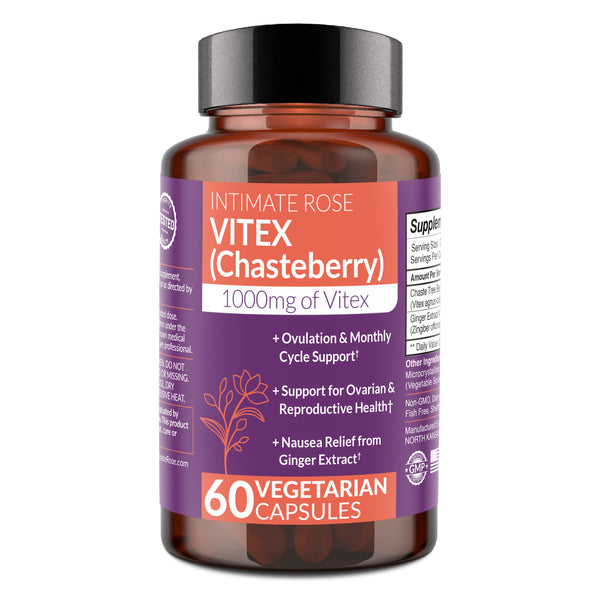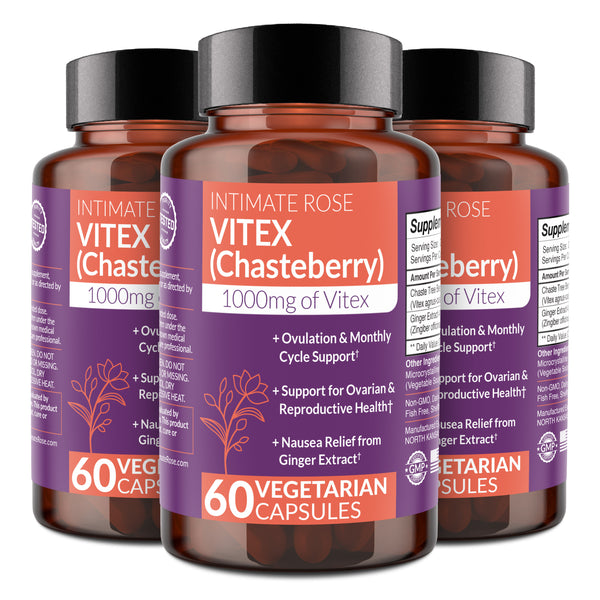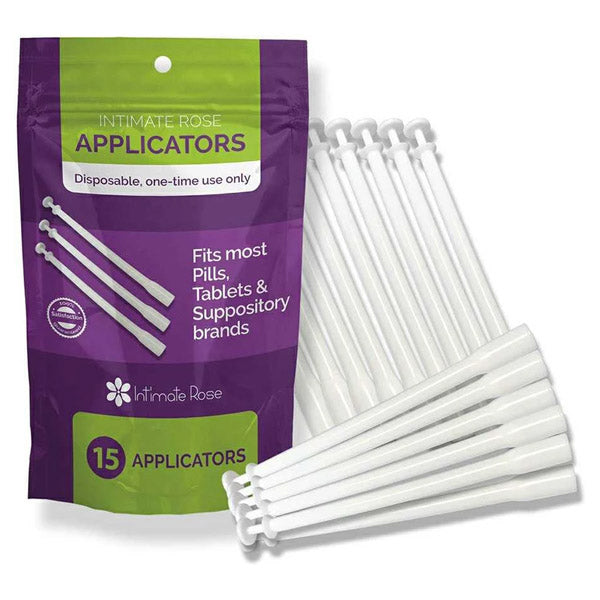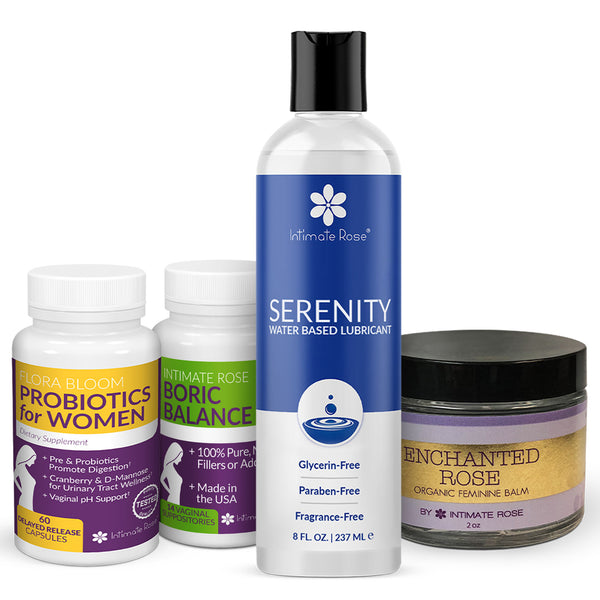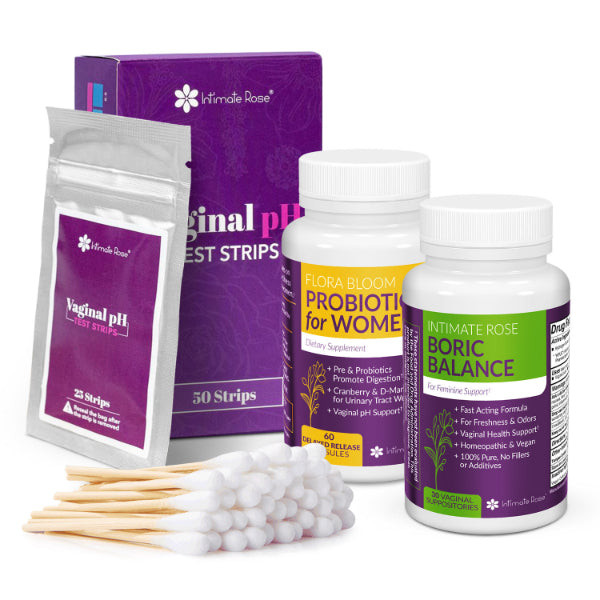Inositol is a natural sugar found in many of the foods we eat. It can mimic insulin, which has been shown to improve blood sugar and therefore prevent diabetes in people with PCOS (Nordio & Proietti, 2012).
It can also help manage the levels of male sex hormones (androgens) present in those with PCOS, therefore helping relieve many side effects of PCOS including hirsutism (male-pattern facial hair), inconsistent or absent menstruation and fertility, and acne (Wojciechowska et al, 2019).
In 1980, two researchers examined the myo-inositol content of 487 foods, including (but not limited to) dairy products; a comparison of fresh, canned, and frozen fruits and vegetables; fruit juices; different types of bread; different cereals; different kinds of meat, including cold cuts; condiments; beverages; and even a host of desserts!
The bottom line: they found the highest concentrations of myo-inositol in fruits, beans, grains, and nuts, with a preference for fresh fruits and vegetables over frozen or canned (Clements & Darnell).
We're going to look at the specifics to find exactly what foods from these categories had the highest concentration of myo-inositol.
Whole Grain Bread and Bran
One of the single best foods you can eat for greater inositol consumption is stone-ground whole grain bread, at a very significant 11.5 mg per gram; that’s 287.5 mg of myo-inositol in just one slice of bread!
Hamburger buns also did fairly well, with 4.78 mg/g (or 95.6 grams in half a bun).
And if you like cereal, try swapping out that sugary bowl of corn flakes for bran flakes! Each gram of 40% bran flakes contains 2.74 mg of inositol.
Things Off Down There?
Dried prunes, cantaloupe, or citrus
Of all the fruits the researchers considered, dried prunes had the highest concentration of myo-inositol, at 4.7 mg per gram. Prunes are an excellent source of fiber, but they also have an unfortunate reputation as a laxative; if you experience constipation regularly, more prune intake may help facilitate a better bathroom experience.
But despite the “prune stigma”, that does not mean that prune juice is likely to give you diarrhea or loose stools if your bowel movements are otherwise normal!
According to a 2001 study, “Moderate prune consumption does not produce excessive laxative effects,” and a serving of 5 prunes or 8 oz of prune juice can be a healthy part of a daily diet (Stacewicz-Sapuntzakis et al, 2001).
That said, prunes are not your only option. Fresh cantaloupe contained 3.55 mg myo-inositol per gram.
Cantaloupe is best enjoyed during its peak season in July and August. During cooler weather, you can enjoy fresh oranges at 3.07 mg/g of myo-inositol (in season from November to May), or fresh grapefruit at 1.99 mg/g (in season from October through August).
While fresh fruit and vegetables are usually preferable to their frozen, canned, or juiced counterparts, frozen concentrated orange juice (2.04 mg/g) and frozen concentrated grapefruit juice (3.8 mg/g) are also great sources of myo-inositol. (The researchers reconstituted the juice with water before measuring, so the amounts of myo-inositol are from the finished juice product.)
Beans and Peas
From the vegetables, canned beans had the highest quantity of myo-inositol, especially canned great northern beans at 4.4 mg/g. Great northern beans are a white bean with a mild flavor that are a little larger than the navy beans and a little smaller than cannellini beans.
In darker beans, canned dark red kidney beans had 2.49 mg/g of myo-inositol.
In addition, at 2.35 mg/g, canned large English peas came close to the high quantity found in beans. For a fresh vegetable alternative, consider fresh green beans for their 1.93 mg/g of myo-inositol.
Almonds or peanut butter
Out of the 7 nuts examined, almonds contained the highest quantity of myo-inositol--2.78 mg in each gram of almonds. Walnuts also performed fairly well, at 1.98 mg per gram. There was less than 1 mg per gram of cashews, grated coconut, or sunflower seeds.
For peanuts, the researchers found little difference between raw and cooked peanuts (1.33 vs 1.34 mg/g). However, creamy peanut butter lovers rejoice: there was a much higher quantity of myo-inositol in creamy peanut butter than chunky peanut butter (3.04 vs 1.28 mg/g).
That said, store-bought creamy peanut butter is hardly a health food; it’s loaded with refined sugar. And while almond butter and almond milk are delicious and widely available, almonds have a detrimental impact on their environment; a single almond in drought-susceptible California takes 3.2 gallons of water to produce (Fulton, Norton, & Shilling, 2019).
Consider sticking to an all-natural peanut butter instead, or making your own peanut butter in a food processor.
Liver
Most animal products (including meat, milk, dairy products, and eggs) contained less than 1 mg/g of myo-inositol. However, there were two exceptions to this rule, if you can stomach them.
Chicken liver contained 1.31 mg/g of myo-inositol. And if you can find it, the somewhat antiquated cold cut liver cheese contained 3.46 mg/g.
Liver cheese is made of pork liver and other pork products; many older Americans will tell you it used to be a deli staple, but it is disappearing from many grocery stores these days as it has faded in popularity.
Should I be getting more inositol in my diet?
(Note that the use of the word "diet" here should not imply "weight loss," but simply refers to the group of foods and drinks you consume.)
In the conclusion of their 1980 article, Clements & Darnell note that research subjects found a high myo-inositol diet "highly palatable.” This makes sense given its reliance on delicious foods like whole grain bread, creamy peanut butter, beans, and cantaloupe or citrus fruits!
That said, if you are really interested in the insulin-mimetic properties of inositol, it would be difficult to get enough of this from the foods you eat.
The researchers also noted that in their 1800 calorie diet, the greatest concentration of myo-inositol they were able to achieve was 1500mg (or 1.5 grams)--less than what they expected based on the foods given. This is significantly less than the 4-8 grams usually present in an inositol supplement.
But the above foods are often part of a healthy diet; it rarely hurts to incorporate more whole grains, nuts, and fresh fruits and vegetables into your weekly food routine! You can always talk to your doctor to see if supplementation with inositol--whether through diet or a supplemental medication--makes sense for you.
How does the Inositol supplement work?
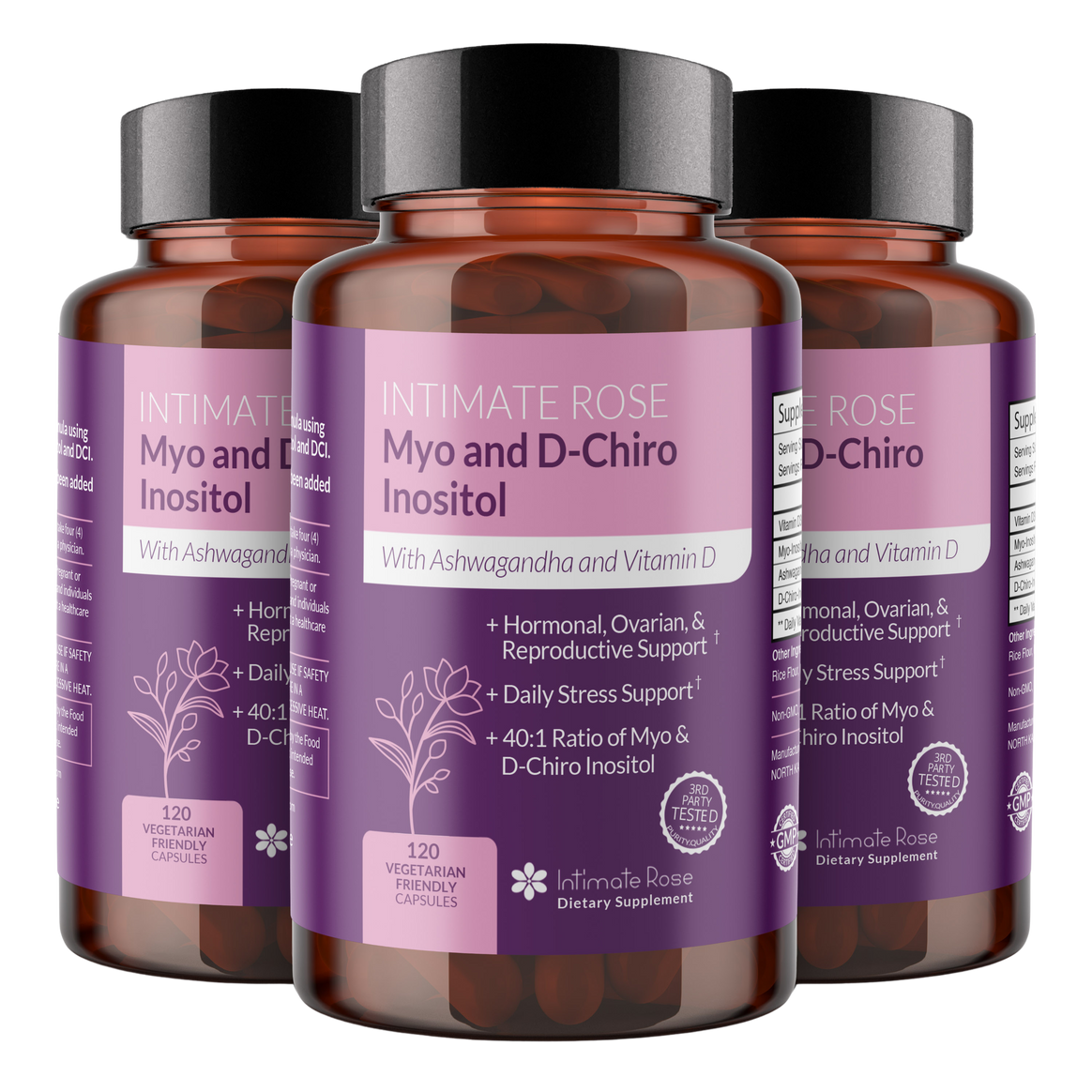
References
- Nordio, M., & Proietti, E. (2012). The combined therapy with myo-inositol and D-chiro-inositol reduces the risk of metabolic disease in PCOS overweight patients compared to myo-inositol supplementation alone. European review for medical and pharmacological sciences, 16(5), 575–581.
- Wojciechowska A, Osowski A, Jóźwik M, Górecki R, Rynkiewicz A, Wojtkiewicz J. (2019). Inositols’ Importance in the Improvement of the Endocrine–Metabolic Profile in PCOS. International Journal of Molecular Sciences, 20(22):5787. https://doi.org/10.3390/ijms20225787
- Clements Jr, R. S., & Darnell, B. (1980). Myo-inositol content of common foods: development of a high-myo-inositol diet. The American journal of clinical nutrition, 33(9), 1954-1967. https://doi.org/10.1093/ajcn/33.9.1954
- Stacewicz-Sapuntzakis, M., Bowen, P. E., Hussain, E. A., Damayanti-Wood, B. I., & Farnsworth, N. R. (2001). Chemical composition and potential health effects of prunes: a functional food?. Critical reviews in food science and nutrition, 41(4), 251-286. https://doi.org/10.1080/20014091091814
- Fulton, J., Norton, M., & Shilling, F. (2019). Water-indexed benefits and impacts of California almonds. Ecological indicators, 96, 711-717. https://doi.org/10.1016/j.ecolind.2017.12.063

Things Off Down There?




